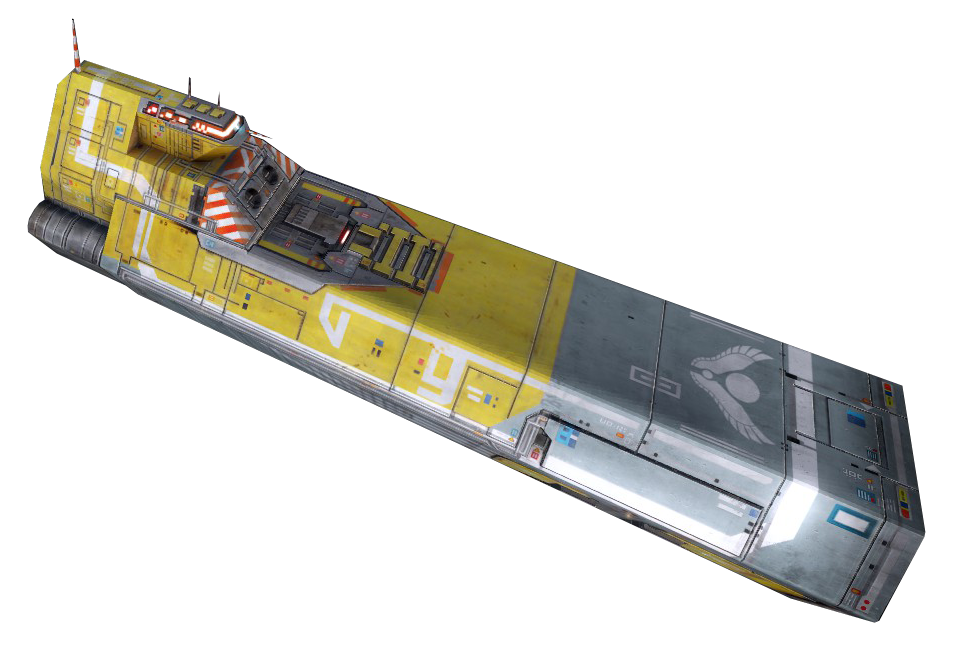

The stakes of battle are raised considerably by the fact that your fleet is persistent from mission to mission, meaning that if you lose a destroyer in battle, you might have a tougher time getting through the next mission. There are some great missions in the first 15-hour campaign: challenges like fending off swarms of drone ships in a dense nebula, reacting to surprise attacks, defending allies, and capturing enemies keep the goals varied. The big-picture strategy is to make sure you have ships in range to respond to new threats before it’s too late, which leads to some tense juggling and risk-taking.
#Homeworld remastered collection iwki generator
You could stop an incoming wave of enemy interceptors with interceptors of your own, or multi-gun corvettes, or activate a Gravity Well Generator to disable them completely so that your Assault Frigates can pick them off. Waiting for resource harvesters to drain asteroids of their mineral treasures is quite tedious at times, though.A rock-paper-scissors balancing system makes it fairly easy to determine what ships you should send to counter the enemy, though you usually have options. That deliberate movement has the advantage of keeping things from becoming overwhelming during the heat of battle even though I’m managing dozens of ships at once, I rarely worry I’ll miss something crucial. A side effect of the huge maps is that there’s quite a bit of downtime, and a slow pace in general as huge, plodding starships make their way from one side to the other. I find the ability to send your ships up and down the Z-axis is more essential to Homeworld’s imposing sense of scale than its mission design or fleet tactics – the vastness of space becomes clear when you realize these maps are as large vertically as they are horizontally. Subtle improvements, like the elimination of the need to refuel fighters and corvettes periodically, makes moment-to-moment gameplay move a little smoother than it originally did.Īctually, the full-3D navigation is rarely used in missions, as most of the action takes place on a 2D plane. Admirably, the interface does all of this without getting in the way of the action - even the build and research menus are mostly kept collapsed and out of sight. The toughest trick is giving orders to travel to a specific point in space - you have to give a move order, then hold Shift to adjust the altitude, and you have to constantly shift the camera around to get a sense of depth. Zooming out to a tactical view of the area and giving orders to control groups makes things manageable, and double-clicking to select every unit of a type lets you take command of fast-moving and scattered ships. Homeworld’s interface does a good job of helping you wrangle your forces, though, especially now that many of Homeworld 2’s improvements have been retrofitted to the original. Getting used to tethering the free-floating camera to ships or objects in the area you’re interested in is the equivalent of finding your sea legs when you’re accustomed to having solid ground under your feet. Controlling fleets that can move freely in full-3D space is challenging to get the hang of, and it can be difficult to even figure out what’s going on when two armadas of fighters, bombers, and corvettes are all swirling around in a giant furball of a dogfight around frigates, destroyers, battlecruisers, carriers, and the massive mothership itself. A good-sized engagement of a few dozen ships is like a ballet mixed with a fireworks display of violent explosions, lighting up the already colorful nebula-tinged skyboxes like a laser show.Homeworld and Homeworld 2 definitely aren’t simple games, but their complexity is the rewarding kind. That breathtaking attention to detail, along with the newly refreshed models, textures, and effects highlight the creatively distinctive and often asymmetrical spaceship designs. The way fighters strafe and weave in combat is really impressive – they almost never have physics-breaking bumper-car collisions – and I adore watching individual turrets on larger ships track their targets. But of course I did play Homeworld in 1999, and a great many games since, yet these two 15-hour campaigns are still some of the best large-scale space battles I’ve ever taken part in.


 0 kommentar(er)
0 kommentar(er)
